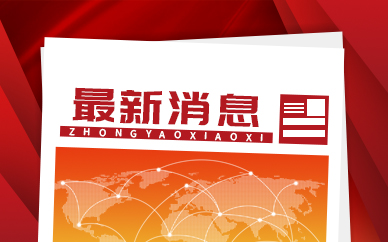The Make-Or-Break Fork In The Road Ahead
Authored by Charles Hugh Smith via OfTwoMinds blog,
We either make the future or break the future, so choose wisely.
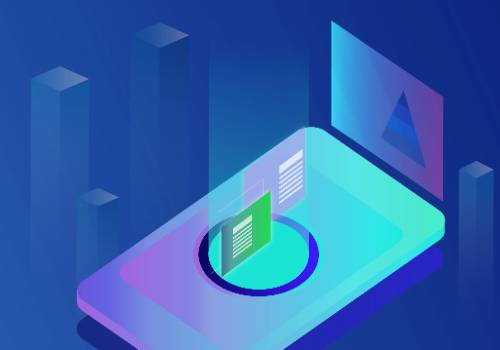 (资料图)
(资料图)
There is a make-or-break financial fork in the road ahead for the United States:there are only three options:
1. Slash trillions of dollars in annual federal spending to align with current tax revenues.
2. Raise trillions in additional tax revenue from the only entities able to pay more, corporations and the top 5%
3.Monetize the soaring federal debtby the central bank "printing money" and using this new money to buy Treasury bonds, as issuing new Treasury bonds for sale is the way the federal government funds its stupendous deficit spending.
One approach might be to do some of each, but there are political obstacles to any rational response to unsustainable federal debt expansion.Any cuts in spending large enough to be consequential will slash-and-burn either the cash overflowing in the federal trough that politically powerful cartels are gorging on, or entitlements that buy the complicity / passivity of the general populace. Neither is politically viable.
Those who can afford to pay more taxes--corporations and the top 5%--are (surprise) the most politically powerful groups in the nation, and they will never accede to tax increases high enough to be consequential.
Politically, the only viable option is the politically painless one ofmonetizing the soaring federal debtvia the Federal Reserve creating $2 trillion a year with a few keystrokes and using this $2 trillion to buy virtually all the newly issued Treasury bonds.
If private owners of existing Treasury debt find the yield they"re receiving doesn"t even keep up with inflation, they will sell their Treasuries...
...forcing the Fed to print additional trillions every year to monetize portions of the existing $30 trillion in debt.
Recall that a significant percentage of state and local government spending is funded by the issuance of municipal bonds. This other governmental debt competes with Treasury issued bonds for scarce private capital. Other nations" bonds are also competitors for private capital.
Since capital flows to the highest and lowest-risk yields, yields have to rise to attract private capital.This creates another problem: as yields rise, so does the interest paid on the entire portfolio of bonds.
Higher interest payments then pressure other government spending.The politically painless solution is to monetize not just the newly issued debt but the rising interest payments due on the soaring debt.
Monetizing government debtis what I call theperpetual money motion machine.Just create another trillion to buy newly issued bonds, an additional trillion to pay higher interest and more trillions to buy up old debt that private owners are selling.
Is there anything that could break theperpetual money motion machine?Those pointing to Japan"s deflationary stagflation of the past 30+ years claim there are no impediments to ever-greater monetization. The Federal Reserve can expand its balance sheet by $10 trillion or $50 trillion without any structural problems arising.
Interesting, that $50 trillion number. That"s the amount that the top 5% skimmed from labor in the past 45 years.
The Bill for America"s $50 Trillion Gluttony of Inequality Is Overdue(September 21, 2020)
Trends in Income From 1975 to 2018(RAND Corporation)
The Top 1% of Americans Have Taken $50 Trillion From the Bottom 90% -- And That"s Made the U.S. Less Secure(Time.com)
Setting aside the political veto of the wealthiest corporate interests and households, clawing back this $50 trillion via higher taxes on those who gained the $50 trillion would be karmic justice and present fewer risks that the insane scheme of just "printing more money" to satisfy every cartel, entrenched interest and entitlement.
Let"s ask a simple question of history: if monetizing debt works so wondrously, why hasn"t it been the go-to solution for every free-spending government?In the good old days, creating money out of thin air was accomplished by replacing the silver or gold in coins with lead or other base metals.
Alas, people catch on to this devaluation of money, and inflation skyrockets accordingly.Proponents of adding $50 trillion to the Fed"s balance sheet (i.e. monetizing the soaring debt and interest payments) claim this hocus-pocus won"t spark inflation. But since all that newly issued currency enters the economy one way or another, how can it not generate inflation?
The status quo answer is: if it only inflates assets owned by the wealthy, that inflation is really rather grand.But suppose inflation leaks into Cheetos instead of Big Tech stocks? Since "We can"t eat iPhones," that eventually matters.
In other words, there is a governor built into theperpetual money motion machine: real-world inflation.There is also a social governor built into the "painless" expansion of asset bubbles that favor the already-wealthy: eventually this systemic inequality distorts and destabilizes the social and economic order.
This in one reason why history shows government debt in excess of 100% of GDP (the real economy) eventually leads to disorder, default and bankruptcy.Or revolution. Take your pick.
(Chart courtesy of David Sommers.)
If $50 trillion were clawed back from the wealthiest corporations and households, that would only return total assets owned by the wealthy to levels that were considered excessive a decade ago.But since this is politically unviable, the "painless" option of monetizing debt will be pursued.
But since the only possible outcomes of this option are disorder, insolvency or revolution, the wealthy may well regret their short-sighted greed.Nemesis can take various forms, but eventually the pendulum swings from one extreme (monetary hocus-pocus and staggering inequality) to the other extreme (clawback of central-bank-bubble "wealth" and a balance of revenues and expenditures).
The meteor that will obliterate the financial hocus-pocus is already visible and cannot be diverted by dancing the humba-humba and waving dead chickens around the campfire, i.e. Federal Reserve policies. Claiming god-like powers doesn"t grant one god-like powers.
There"s no going back once we select a pathway.The systemic damage cannot be reversed, regardless of what happy stories are told around the campfire by credulous believers in the magical powers of waving dead chickens around. We either make the future or break the future, so choose wisely.
* * *
My new book is now available at a 10% discount ($8.95 ebook, $18 print):Self-Reliance in the 21st Century.Read the first chapter for free (PDF)
Become a $1/month patron of my work via patreon.com.
Subscribe to my Substack for free
Tyler DurdenSun, 07/02/2023 - 10:30
标签:
-

The Make-Or-Break Fork In The Road Ahead 即时看
The Make-Or-Break Fork In The Road AheadAuthored by Cha
-
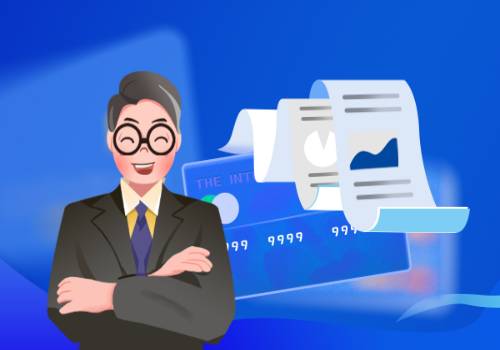
中央气象台暴雨蓝色预警:重庆等11省区市将有大到暴雨
今(7月3日)日06时,中央气象台发布暴雨蓝色预警,预计,7月3日08时至
-

我国七大江河流域将全面进入主汛期 多地存在洪涝灾害风险
近日,国家减灾委员会办公室、应急管理部会同自然资源部、水利部、农业
-

“废奴”150年后,荷兰国王为奴隶贸易历史正式道歉_全球播资讯
荷兰国王威廉-亚历山大1日在首都阿姆斯特丹发表演讲,为荷兰王室曾长期
-
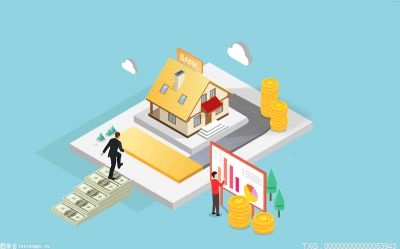
荒山重披绿 家园青常在|信息
仲夏时节的海东市互助土族自治县五十镇桑士哥村东边后山上,一棵棵青海
-
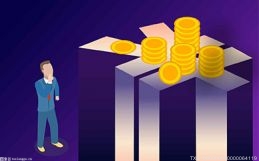
重庆兄弟装饰新成立企管咨询公司,经营范围含住房租赁_天天微资讯
乐居财经兰兰7月3日,重庆兄弟装饰工程有限公司(以下简称“重庆兄弟装
-

拆分、剥离,“暴跌”83.71%!九阳股份母公司发生了什么? 环球时快讯
上半年的最后一个交易日,港股上市公司JS环球生活开盘“低开”超80%。
-

Drake调侃范弗里特:祝你在广东一切顺利_今亮点
北京时间7月3日,火箭后卫弗雷德-范弗里特社媒发言,告别前东家多伦多
-
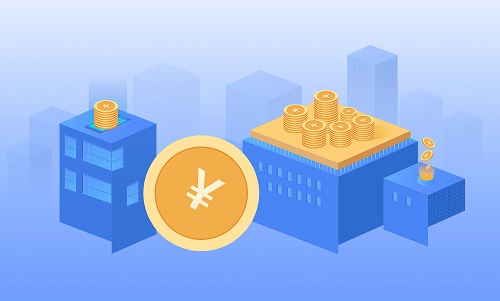
100万理财10年后是多少?会贬值吗?_全球观天下
当大家手上有钱后,都是想通过理财来赚钱的,所以就会比较关心理财的收
-

2023全国重大事故隐患专项排查整治行动现场检查工作已全部完成
每经AI快讯,5月至6月,国务院安委会20个综合检查组对31个省(区、市)
-

全球观察:小兵传奇全集_玄雨版
小兵传奇(玄雨版)是在鲜网首发的,现还在连载中,最新的是29集。(鲜
-

天天资讯:“老干妈”亏12亿,76岁陶华碧无奈直播带货,替儿子收拾烂摊子
文章共2014字,预计需要7分钟左右,阅读前麻烦点一下关注,便于您后期
-

即时看!小米漏电保护器
参考方式一:1,空调有些机型配有旋转保护型插座,有些不配,建议用户使
-
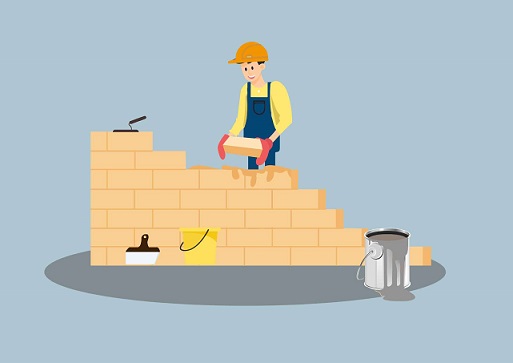
头发精油的使用方法有哪些_头发精油的使用方法|世界报资讯
1、湿发时也可挤一两滴位于手掌心处揉散再搽拭于头发受损部分,然后吹
-

2023年暑运正式开启 预计发送旅客7115万人次
2023年暑运昨日启动。暑期旅客运输从7月1日起至8月31日止,共计62天。
-

巫哲作品集txt下载
1、分享不了。2、只能邮箱了。本文到此分享完毕,希望对大家有所帮助。
-
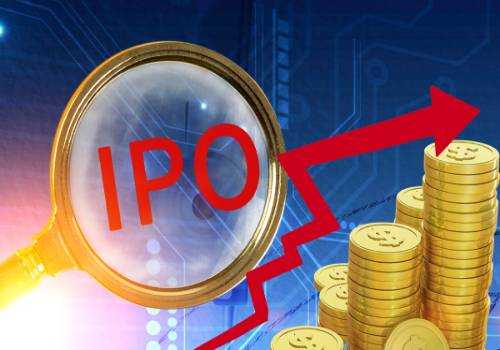
天天播报:结婚请柬怎么写范文图片样本_结婚请柬怎么写范文
1、一般自己的儿子女儿结婚的时候,都会发送结婚请柬给朋友们,一起来
-

世界新资讯:刃牙格斗王(关于刃牙格斗王的基本详情介绍)
1、板垣惠介漫画《刃牙》系列中主要人物之一,有着中华武学“海王”称
-

新鲜鸡蛋的挑选方法是_如何挑选新鲜的鸡蛋 挑选新鲜的鸡蛋方法_当前简讯
导读:如何挑选新鲜的鸡蛋?以下由小编为大家带来介绍。摇晃鸡蛋。我们
-
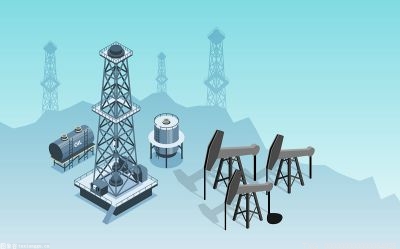
常州教师编制考试时间_常州教师编制考试内容
1、如果是师范类院校毕业的就不用考教育学和心理学。本文分享完毕,希
X 关闭
X 关闭
- 胡军主演的电视剧全部_胡军父亲 快看
- 公司是法人代表的还是股东的 公司法人和股东企业法人法人代表有什么区别 环球速递
- 离婚率暴涨!请别让孩子为离婚买单,离婚后想想如何成为好父母?_环球观察
- 全球热资讯!最新预警!河南6地可能发生山洪灾害!
- 用友如何生成ufo报表_用友ufo报表怎么生成
- 每日快讯!魂牵梦萦的近义词_魂牵梦萦
- 无需再转机!成都一天复航两条直飞东南亚航线
- 宏微科技董秘丁子文今年58岁大专学历很有钱 仅手里的股票就值3亿
- 环球要闻:雷克萨斯RX350h在开始交付售价958万卢比起
- 消息!尚一网(尚伊网)
- 多地持续高温 各地采取措施积极应对
- 学做家常菜(学做家常菜)-每日焦点
- 高州火车站人工服务电话(高州火车站) 全球今日讯
- 拉尼娜现象对我国影响-拉尼娜现象
- 美咖啡店 当前热文
- 钓鲤鱼小药四季通杀(钓鲤鱼小药)
- 腰间盘突出的自我疗法的保健操_腰间盘突出的自我疗法|每日简讯
- 四言诗赠尼克松_四言诗 世界关注
- 环球头条:“留学海南”正成为现实
- 前沿资讯!东莞证券:7月大盘有望企稳走强 建议超配电力设备和TMT等
- 唐三藏终于见到如来了怎么办_唐三藏终于见到如来了
- 值得勇士关注的自由球员:萨里奇、贝弗利、克劳德在列 全球焦点
- 中央气象台发布高温黄色预警 京津冀等地局地可达40℃以上_天天简讯
- 新消息丨AI怎样绘制炫酷狮子插画 ai怎么画狮子
- 新开发银行成为中国银行间市场最大的熊猫债发行人之一
- 仁者无敌陈宝国36集播放_仁者无敌陈宝国-世界简讯
- 《登场了!北京中轴线》举行开播仪式,专家学者热议传统文化创新表达 最新快讯
- 全球热资讯!长江干线首个汽运党建联盟成立
- 江西省财政下达2023年城乡义务教育补助经费3.95亿元-当前热闻
- Haynes:冠军中锋小乔丹回归卫冕冠军掘金队
- 田头乡文化中心志愿服务队_关于田头乡文化中心志愿服务队介绍|全球即时看
- 那些中国历史上最会射的男人,你们真那么勇武能干吗?
- 每日资讯:男篮胜匈牙利!晋级9-12名排位赛,媒体人赞韩登,王俊杰太重要
- 遇见喵克斯无尽挑战攻略_无尽挑战大脑焦油坑 焦点播报
- 【视频】“大橘”屁股卡进车底盘,交警出手成功营救|全球快报
- 当前最新:乌称俄正逐步撤离扎波罗热核电站地区 俄否认将袭击该地区
- 电影《封神第一部》发布“人间之乱”版预告片 妲己首次惊艳亮相|环球观焦点
- 全球快看点丨记者:米兰与托纳利经纪人结束会议,还谈了弗拉泰西等话题
- 中国航母存在重大缺陷?澳专家:一旦中美开战,中国航母将被摧毁
- 环球热点!usdt交易平台app排行_usdt交易平台
- 第五届黑龙江旅发大会首日:签约文旅项目81亿元 引进百趟旅游专列|观热点
- 鲁尼和维埃拉加入英超名人堂
- 全球热点评!大行评级 | 瑞银升万科评级至“中性” 目标价下调至11港元
- 今日热议:富淼科技董秘回复: 公司董事会及管理层积极看好公司的发展
- 住建部原副部长仇保兴:实现“双碳”目标必须发挥市场力量 总投资规模或超150万亿
- 6月份制造业PMI小幅回升!经济继续保持恢复发展态势-观焦点
- 全球观焦点:6月30日连棕榈油早盘上涨
- 观热点:白鹿跑男大笑名场面 白鹿孙珍妮跑男同框 基本情况讲解
- 福鞍股份控股股东质押率77%资产注入折戟 22.5亿降价收购天全福鞍落空净利三连降|环球播报
- 珠城科技:融资净偿还86.86万元,融资余额2284.44万元(06-29)-全球热议
- 睡莲,夏日里最安静的一抹景 看点
- 流产产假多少天_流产产假
- 天天视讯!yussica吧(yussica)
- 山东省学籍号查询系统官方网站 山东省学籍号查询系统
- 焦点热文:捷强装备终止重大资产重组事项 两次筹划收购卡迪诺科技均折戟
- pos机办理哪个好 pos机办理哪家好
- 鄂尔多斯坡道车祸事故认定原则 全球新消息
- 【天天快播报】服务礼仪教程 第五版_对于服务礼仪教程 第五版简单介绍
- 鼓瑟吹笙什么意思
- 中港物流公司_中港物流 当前快播
- 又一大众轿跑被遗忘!起步300牛米,7秒破百,德系血统仅售8万 天天热头条
- 天天热消息:学校奖学金不发可以起诉吗 高考生起诉母校未兑现奖金承诺获5万 基本情况讲解
- 天天观焦点:万潮镇:消防安全出实招 集镇面貌焕新颜
- MWC上海| 荣耀赵明:7月12日将发布“革命性”折叠旗舰Magic V2
- 今日养老金调整最新消息 2023年青海养老金调整方案细则何时公布? 每日热文
- 天天百事通!网购格力空调收到“木各力”?真相来了
- 辞职后的公积金如何处理?要多久才能提取的?_环球报道
- 《问政山东》——回头看(济南市 烟台市 淄博市 潍坊市) 天天热资讯
- 柳州德润中学在哪里_柳州市德润中学是私立学校吗
- 福山区气象台发布暴雨黄色预警[Ⅲ/较重] 【2023-06-29】 全球即时看
- 环球动态:晏子使楚的三个成语分别是哪些_晏子论社鼠
- 海南文昌集中开工项目19个 总投资21.28亿元|世界快资讯
- 先锋电子(002767.SZ):绕管网安全、用气安全和数据安全,公司有系列产品
- 小口径运动枪解禁_小口径运动枪
- 2023重庆高考提前批录取结果公布时间 怎么知道被录取
- 当前最新:永城市召开驻永重点企业工作对接会议
- 当前快看:行业第一!红魔8S Pro内置6000mAh大电池:两天两夜长续航
- 有害物质过高或影响儿童健康 4800件学生书包被召回
- 当前热讯:何超莲诞下龙凤胎!娃从天上来还是早就怀孕?
- 华绿生物6月29日快速上涨

